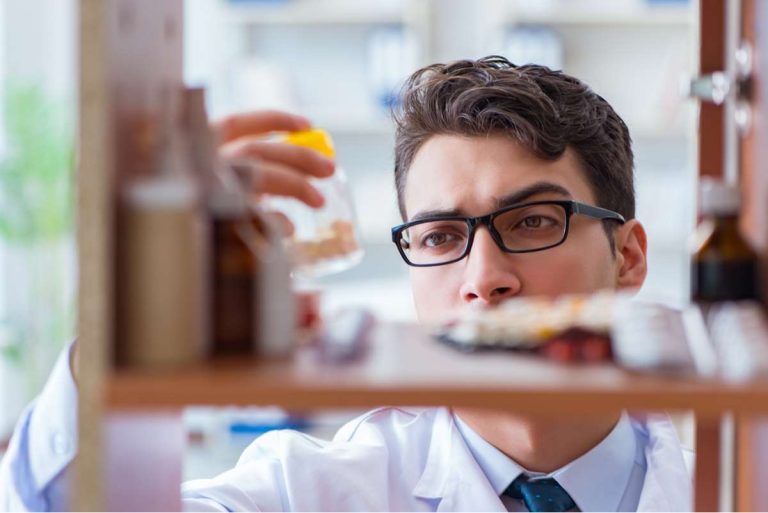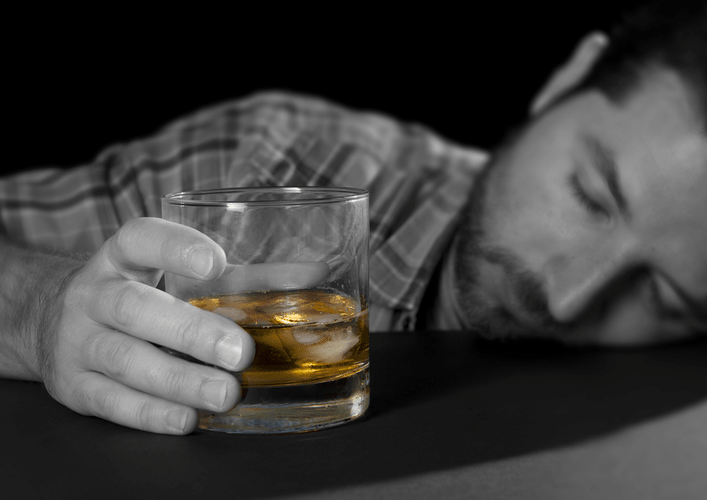16 Jul PDF The Biopsychosocial Model of Addiction Vivian Gonzalez
For our argument, we use the term “addiction” as originally used by Leshner 1; in Box 1, we map out and discuss how this construct may relate to the current diagnostic categories, such as Substance Use Disorder (SUD) https://invest24news.com/how-to-restore-ceramic-tiles-recovery-methods.html and its different levels of severity (Fig. 1). The domain of psychological influences may best be described as the psychological characteristics, both strengths and weaknesses, as well as vulnerabilities that make up the youngster’s emotional and mental health competence. In Figure 1 a number of individual characteristics are listed to provide a general description of this domain. In reality, there are many other psychological influences, some of which are well defined by research and theory, and others that are less well defined or understood. The biopsychosocial perspective, although not extensively practiced, has been a relatively popular concept within the psychiatric treatment literature because it suggests an integrated systems approach for therapy. Karasu (1990) in his comparison and integration of models of psychotherapy (dynamic, cognitive, and interpersonal) for depression, has provided suggestions for the indication of pharmacotherapy, psychotherapy, or their combination for the treatment of this disorder.
Biological Factors
Critics argue that it may oversimplify the complex nature of addiction, potentially neglecting important psychological and social factors. Additionally, some worry that framing addiction solely as a brain disease could lead to an over-reliance on pharmacological interventions at the expense of other important treatment modalities. Robert K. Merton observed that, “In the modern world, the visibly practical accomplishments of a science largely affect the http://ferma-tv.ru/warez/76773-fl-studio-producer-edition-v1158-alpha.html social value placed upon it” (Merton 1961, 697). Media headlines such as “Brain’s Addiction Centre Found” (BBC 2007) speak to the power of neuroscience and its ability to construct images of the brain, such that it has become easy to defer to its account of the complex phenomena that constitute addiction.
Applied Cognitive and Behavioural Approaches to the Treatment of Addiction: A Practical Treatment Guide

Realizing a neurobiological or genetic susceptibility to addiction could empower life planning and the avoidance of high-risk scenarios. Individuals involved in treatment could learn effective coping strategies, modify proximal environmental triggers, and achieve other social goals. As Hall and colleagues (2003a) remark, “A ‘disease’ that can be ‘seen’ in the many-hued splendor of a PET scan carries more conviction than one justified by the possibly exculpatory self-reports of individuals who claim to be unable to control their drug use” (p.1485). As we wrap up our exploration of the biopsychosocial model of addiction, it’s clear that this approach has revolutionized our understanding and treatment of substance use disorders. By considering the complex interplay of biological, psychological, and social factors, we can develop more effective, personalized interventions. As a neurobiological process, addiction involves pathological patterns of engagement with substances and a range of behaviors with a chronic and relapsing course.
- The only implication of this, however, is that low average effect sizes of risk alleles in addiction necessitate larger study samples to construct polygenic scores that account for a large proportion of the known heritability.
- It’s like a domino effect, with one factor setting off a chain reaction that ripples through all aspects of a person’s life.
- Often, individuals use alcohol as a self-medicating tool to cope with negative emotions or stress.
- To reflect this complex nature of addiction, we have assembled a team with expertise that spans from molecular neuroscience, through animal models of addiction, human brain imaging, clinical addiction medicine, to epidemiology.
Support
- Many individuals who have serious addictions live in impoverished environments without suitable resources or opportunities.
- In the biopsychosocial model, the three primary domains (biology, psychology, and social) interact to produce depression in persons.
- There is also the likelihood that some differences are not specific to diagnostic symptomatology, but in its internal structure.
- Wilson has argued more broadly for greater consilience 109, unity of knowledge, in science.
- The objective of these trials is to investigate the benefits and risks of administering medically supervised, pharmaceutical-grade injectable heroin to chronic opiate users where other treatment options, such as methadone maintenance therapy, have failed.
An individual exposed to drug use at an early age can be influenced by social modeling (or learning via observation). Additionally, certain environments have specific social norms related to drug use (e.g., “Everyone experiments a little with drugs in college”). Some argue that its heavy focus on biology oversimplifies addiction, ignoring important psychological and social dimensions. The model also inadvertently stigmatises individuals, labelling them as “chronically ill.” Despite its limitations, the disease model has significantly advanced medical treatments, including medication-assisted therapy (e.g., naltrexone and acamprosate). In his classic 1960 book “The https://www.intermoda.ru/doc/veta/dvoynoy-prazdnik-ekaterina-odincova-otmetila-yubiley-i-den-rozhdeniya-svoego-agentstva-pr-trend-v-restorane-la-prima.html Disease Concept of Alcoholism”, Jellinek noted that in the alcohol field, the debate over the disease concept was plagued by too many definitions of “alcoholism” and too few definitions of “disease” 10.

Psychological Factors: The Mind’s Influence on Addiction
According to Engel, biological, psychological as well as social events are mutually interconnected and reciprocally influenced; a paradigmatic shift in the approach to the mind-body problem. Lately, this model has received persuasive criticism that has caused a fading of its scientific reliability. This concise review focuses the core feature of Engel ” s position as well as the scientific controversy that followed during these forty years. In the biopsychosocial model, the three primary domains (biology, psychology, and social) interact to produce depression in persons. The nature, course, severity, treatment viability, and other characteristics of depression in young people as well as adults is a function of the nature of the interactions and the domain-specific characteristics and vulnerabilities. This model is also reciprocal, in that factors within the domains may interact as well as affect other domains in a reciprocal manner.

Similar articles
- Examples are needle-sharing despite knowledge of a risk to contract HIV or Hepatitis C, drinking despite a knowledge of having liver cirrhosis, but also the neglect of social and professional activities that previously were more important than substance use.
- These neurobiological concepts can explain some of the successes and failures of addiction treatment in the second half of the 20th century and the beginning of the 21st century.
- What brings us together is a passionate commitment to improving the lives of people with substance use problems through science and science-based treatments, with empirical evidence as the guiding principle.
- The brain disease model of addiction, championed by organizations like the National Institute on Drug Abuse (NIDA), posits that addiction is a chronic, relapsing brain disorder.
- A number of cognitive and behavioral processes are particularly relevant to the understanding of the development of depression.
- In contrast, for understanding the psychology of addiction and designing psychological interventions, behavioral science is the natural realm, but one that can often benefit from an understanding of the underlying neurobiology.
Meyer’s integrated approach to psychiatry, which he called psychobiology (Meyer, 1957), was also interactive, in that psychiatric illness was viewed as an interaction (or reaction) between the psychobiological and life stressors. Likewise, the biobehavioral model of depression proposed by Akiskal (1979) is consistent with this perspective and integrates biological, psychosocial, developmental, and environmental stressors as a basis for the development of depression. Theorists and researchers have therefore attempted to create multifactorial models of the development of body image and body dissatisfaction in particular. A common approach uses the biopsychosocial model, which posits that biological (i.e., physically generated) characteristics combine and interact with sociocultural influences and individual psychological characteristics in the development of body image.


No Comments